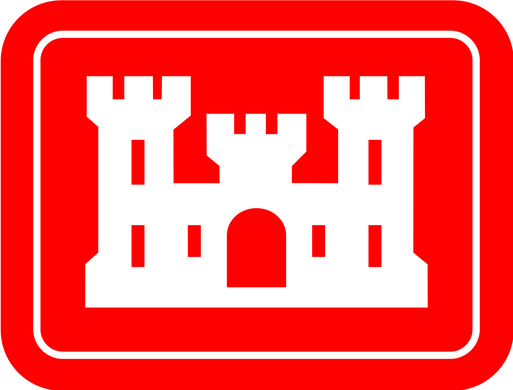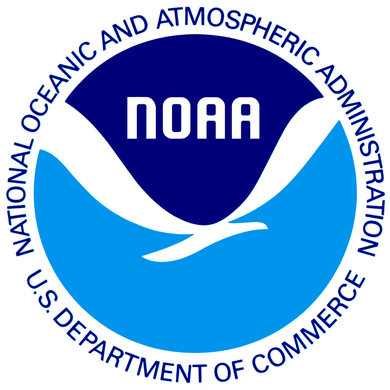Agency or authority
What the Program Covers
The Resource Conservation District of Santa Cruz County Partners in Restoration Permit Coordination Program (PIR) covers voluntary conservation project types that meet certain guidelines and specifications, providing a “one-stop-shop” for CEQA compliance and permits from the:
- County of Santa Cruz
- U.S. Army Corps of Engineers (ACOE)
- Central Coast Regional Water Quality Control Board
- National Marine Fisheries Service (NMFS)
- U.S. Fish and Wildlife Service (USFWS)
- California Coastal Commission
Background and benefits
The Resource Conservation District (RCD) and Natural Resources Conservation Service (NRCS) have extensive experience helping landowners design, fund, and construct projects that benefit both the environment and their property, including streambank protection, rural road improvement, and upland, riparian, and wetland restoration. The Partners in Restoration Permit Coordination Program arose out of a need to help landowners navigate the complex permitting arena to implement voluntary conservation projects.
The regulatory agencies’ permits have already been issued, so meeting your restoration and erosion control goals can be accomplished faster and more cost-effectively than getting the permits on your own. In addition to simplifying the permit process, the RCD and NRCS can provide technical assistance with planning and project design and provide information about cost-sharing programs.
About the RCD of Santa Cruz County
Mission
The RCD’s mission is to inspire and assist the people and communities of Santa Cruz County to protect, conserve, and restore our natural resources.
Vision
The RCD envisions Santa Cruz County as a place where natural resources and the communities and economies that depend upon them are thriving and resilient.
For more information
Email info@rcdsantacruz.org or call (831)464-2950 to find out if your project might qualify for the program.
Applicable locations
Santa Cruz County
Permit documents
May be used with:
Activities covered
- Stream Habitat Improvement: Improvement of a stream channel, through the removal or modification of in-stream barriers and the addition of in-stream wood to enhance aquatic habitat for fish in degraded streams.
- Streambank Protection: planting vegetation or biotechnical structures to stabilize and protect streambanks
- Planting: planting vegetation (trees, shrubs, grasses) to protect eroding or exposed areas.
- Restoration & Management of Rare/Declining Habitats: restoring stream or upland habitats for local sensitive species.
- Wetland Enhancement: restoring and enhancing wetlands for species recovery, flood attenuation, and groundwater recharge.
- Sediment Basins: installing basins for capture of debris, sediment, or high flows
- Obstruction Removal: removing unwanted concrete, appliances, or other materials from a waterway.
- Access Roads: using grading practices such as outsloping and rolling dips to improve road drainage and reduce erosion.






